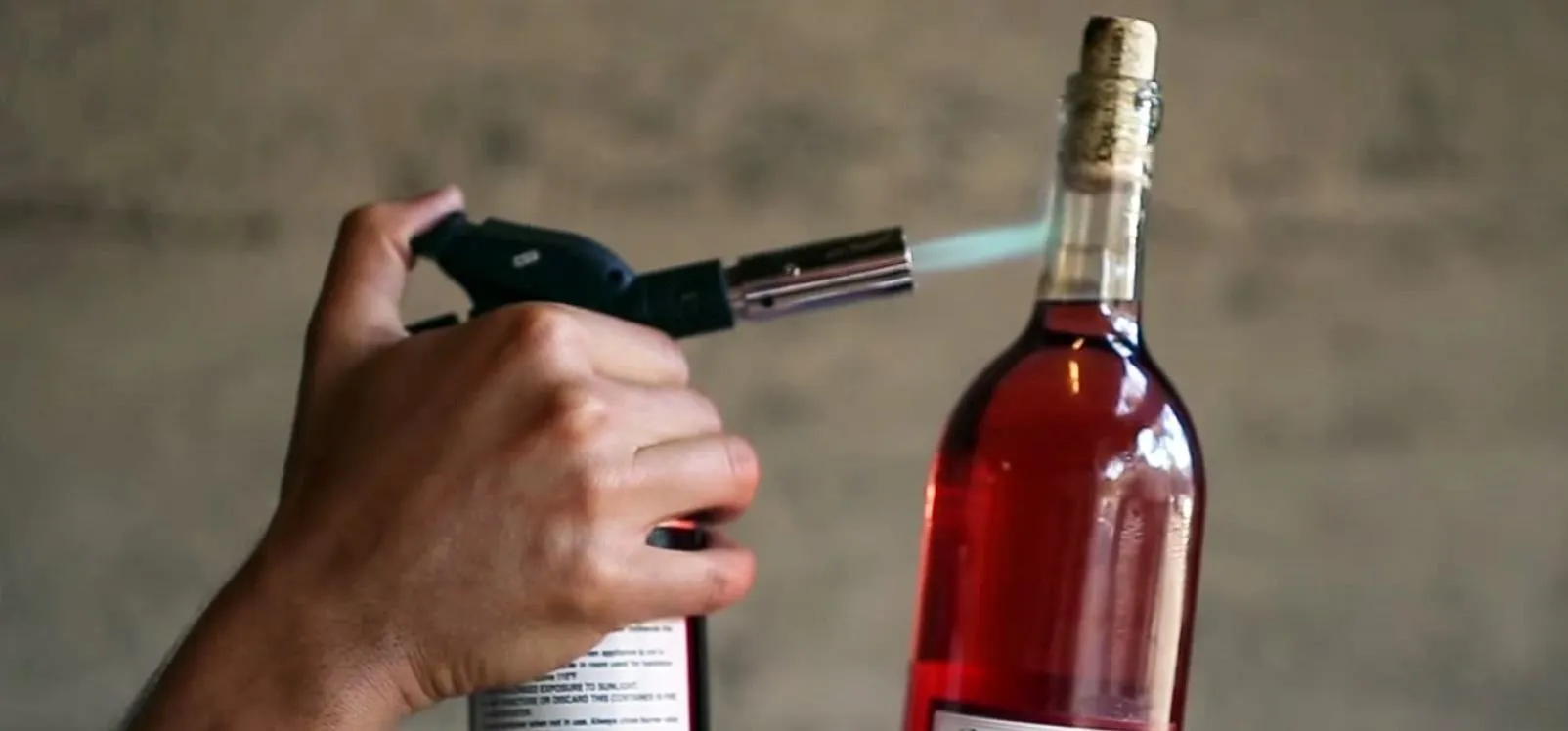Picture this: you’ve selected the perfect bottle of wine for dinner, your guests are arriving, and you reach for your corkscrew only to discover it’s nowhere to be found. Before you panic or resign yourself to a wine-free evening, know that resourceful wine lovers have developed numerous clever techniques to open wine bottles using common household items. These emergency methods have saved countless celebrations and romantic dinners from disaster.
While these alternative techniques require patience and caution, they’re surprisingly effective when executed properly. From the classic shoe method to using simple kitchen tools, each approach offers a unique solution to this common predicament. The key is understanding the physics behind cork removal and applying gentle, consistent pressure rather than brute force. Whether you’re camping, traveling, or simply caught off guard at home, mastering these techniques ensures you’ll never be defeated by a stubborn cork again.
The shoe method stands as the most popular and effective corkscrew alternative. Place the wine bottle inside a sturdy shoe with a solid heel, ensuring the bottle’s base sits firmly against the shoe’s heel. Hold both the shoe and bottle securely, then rhythmically tap the shoe’s heel against a solid wall or tree.
The impact creates pressure that gradually pushes the cork upward. After 10-15 gentle taps, the cork should protrude enough to grip and pull out manually. Choose shoes with thick, solid heels like boots or dress shoes rather than sneakers or sandals. The wall surface should be solid—avoid drywall or fragile surfaces that might crack under repeated impact.
Another reliable method requires a long screw, a screwdriver, and pliers or a hammer with a claw end. Carefully screw the hardware into the cork’s center, leaving about half an inch protruding. Once the screw is firmly embedded, use pliers to grip the screw head and slowly pull upward while twisting slightly. The cork should emerge gradually with steady pressure. For best results, choose screws with deep threads and avoid over-tightening, which might push the cork into the bottle.

Using a thin, sharp knife requires extreme caution but can be highly effective. Insert a narrow blade into the cork at a 45-degree angle, then carefully twist and pull upward. The key is working the knife deeper into the cork while maintaining the angled position. Once the blade penetrates halfway, begin gentle upward pressure while continuing to twist. Never use excessive force or thick blades, as these can break the cork or cause injury.
The wire coat hanger method involves straightening the hanger and creating a small hook at one end using pliers. Carefully insert the straight end alongside the cork, pushing it down to the bottle’s bottom. Once the wire reaches the cork’s base, rotate it to hook underneath the cork, then pull upward steadily. This method requires patience but often produces clean results without cork fragments.
As a last resort, you can push the cork into the bottle using a wooden spoon handle, chopstick, or similar blunt object. While this method works, it makes resealing impossible and may create cork debris in your wine. Pour the wine through a fine strainer or coffee filter to remove any cork particles.
Always prioritize safety when attempting these methods. Work slowly, maintain control of the bottle, and never use excessive force. Keep a towel handy to clean up potential spills, and consider chilling the wine beforehand, as cold bottles are often easier to work with. Remember that these techniques work best on newer bottles with synthetic or fresh natural corks, while older wines with dried, crumbly corks may require professional extraction to preserve the wine’s integrity.


